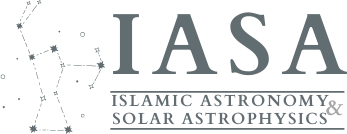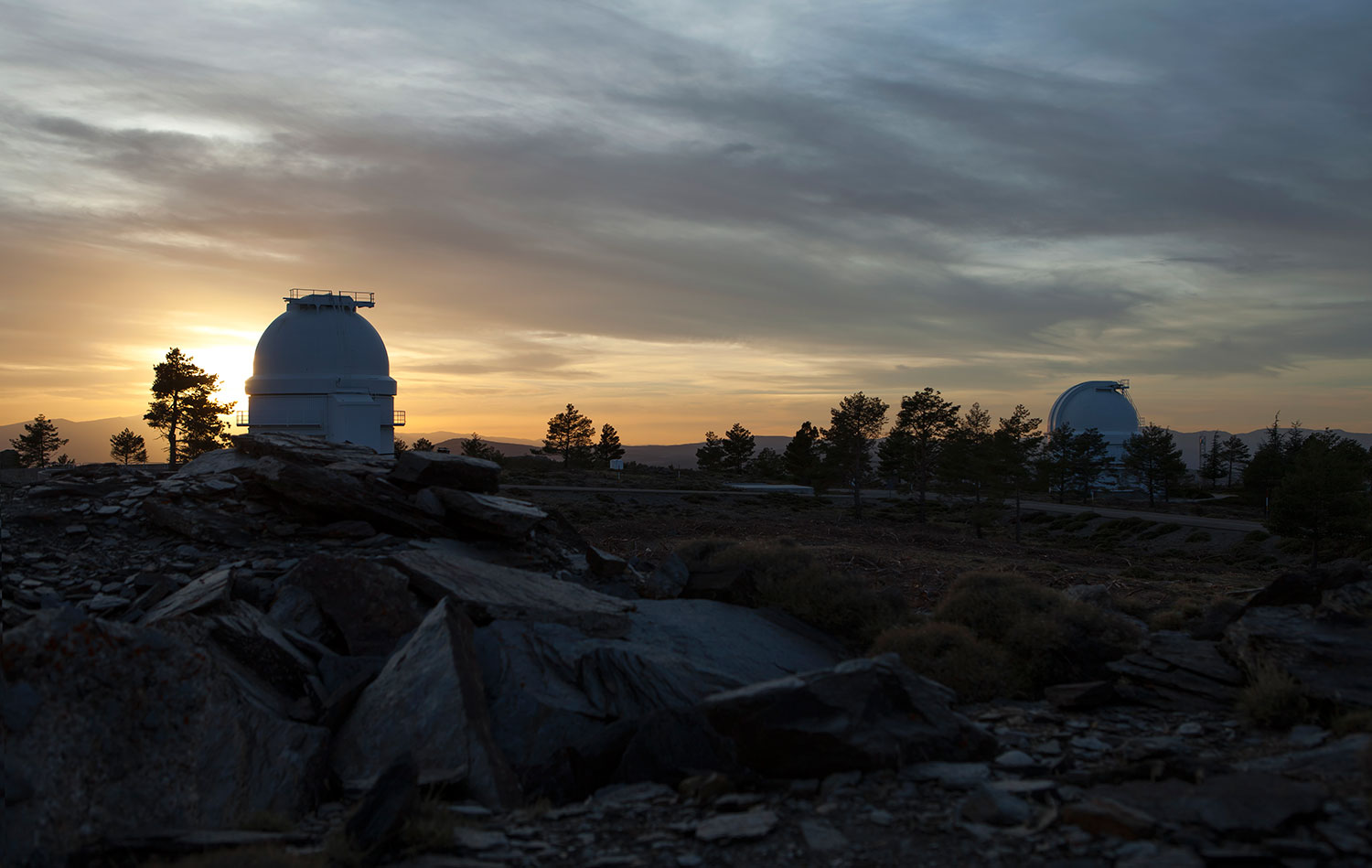The Sun offers a unique opportunity to study stellar physics in action by theoretical and observations aspects. Monitoring the Sun reveals a variety of fascinating and complex physical phenomena which are being studied mainly by analysing its emission. Solar activity has an impact with space weather and climate change. The characteristic features of the climate of Malaysia are uniform temperature, very high humidity and copious rainfall. It has an average of temperature of 26.7 ºC.
Therefore, it is suitable to monitor the Sun. In Malaysia, we are focusing a ground based observations (i) optical and (ii) radio region. The optical observation has started earlier comparing with radio observation. In optical region it covers from 400 – 700 nm while in radio region, we focus from 45 MHz to 870 MHz. A dedicated work to understand the Sun activity in radio region is a part of an initiative of the United Nations together with NASA in order to support developing countries participating in ‘Western Science’ research. Realize how important for us to keep doing a research about the solar bursts, by using the new radio spectrometer, CALLISTO (Compound Low Cost Low Frequency Transportable Observatories) spectrometer. Malaysia is one of the earliest country from South-East Asia (ASEAN) that involve this research.
Although this research is still new in Malaysia, one of the advantages to start the solar monitoring in Malaysia is because our strategic location as equator country that makes possible to observing a Sun for 12 hours daily throughout a year. We strongly believe that Malaysia as one of contributor of solar activity data through E-CALLISTO network. This is a very good start for developing a radio astronomy in Malaysia. With the implementation of 45 MHz – 870 MHz CALLISTO systems and development of solar burst monitoring network, a new wavelength regime is becoming available for solar radio astronomy.
One of the strategies is to develop the scientific insight necessary to understand the science, and to reconstruct and forecast near-Earth space weather. This includes instrumentation, data analysis, modelling, education, training, and public outreach. Malaysia also has CALLISTO system which is a receiver instrumentation that can detect solar signals especially solar burst between 45 and 870 MHz CALLISTO has been installed since 2012, where it is one of a series of worldwide radio spectrometer designed to observe the Sun for 24 hours throughout the year. The National Space Malaysia (ANGKASA) also offers CALLISTO’s data at the Space Technology Complex, Banting and has the National Observatory in Langkawi that can be used by all researchers for their research purposes. The main applications are observation of solar radio bursts and radio frequency interferences (RFI) monitoring for astronomical science, education and outreach.
As a conclusion, we strongly believe that Malaysia can be one of a main contributor of solar activity data. Universiti Teknologi MARA is one of the universities that offer the astrophysics study in postgraduate level and the interest of the students that want to pursuit this study also increasing from time to time. It is hope that by the collaboration with Chicago University, this research become one of the main fundamental research area in Malaysia. With the present level of the international collaboration, it is believed that the potential involvement of local and international scientist in solar astrophysics will increase.
http://www.e-callisto.org/index.html



